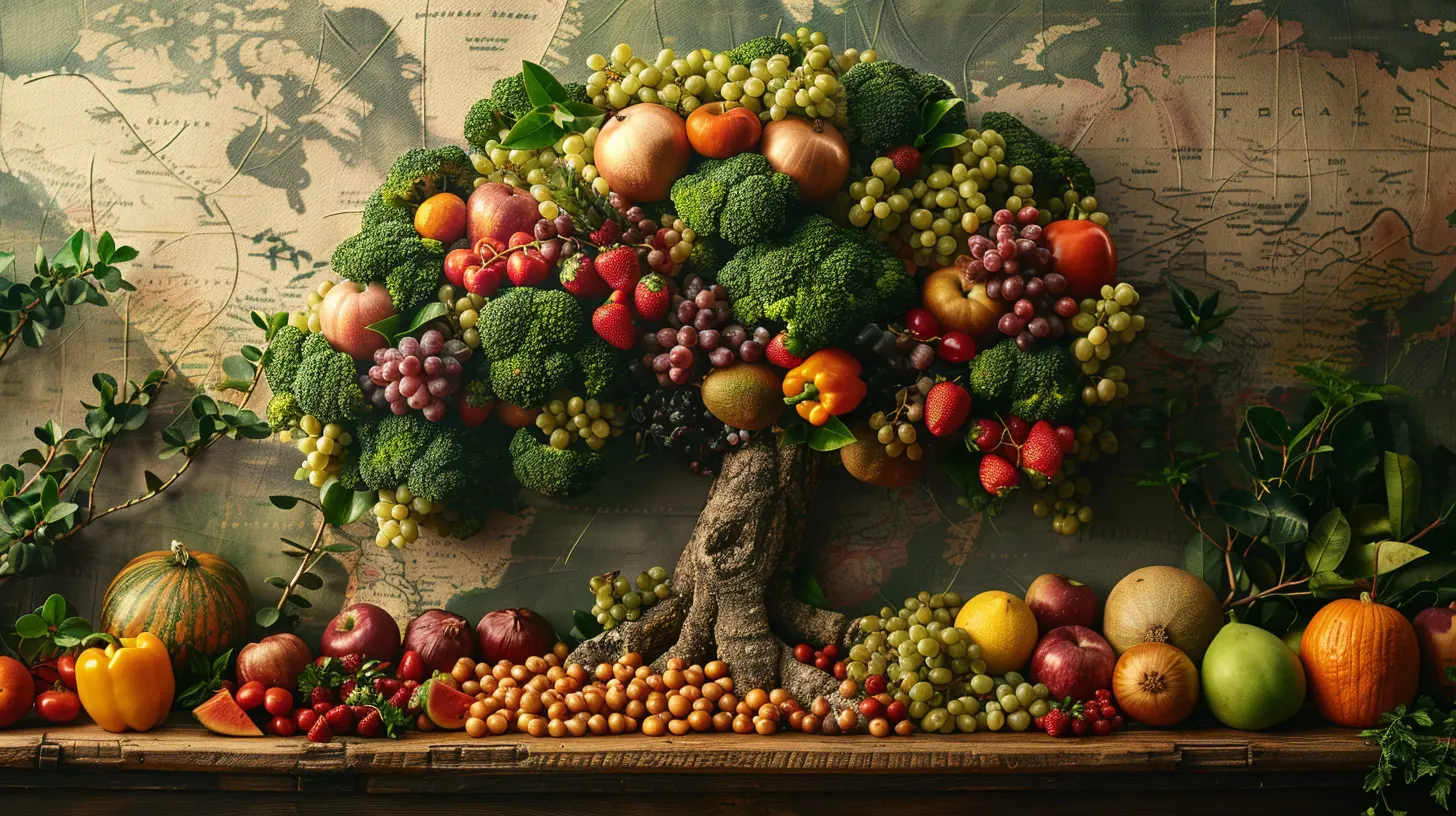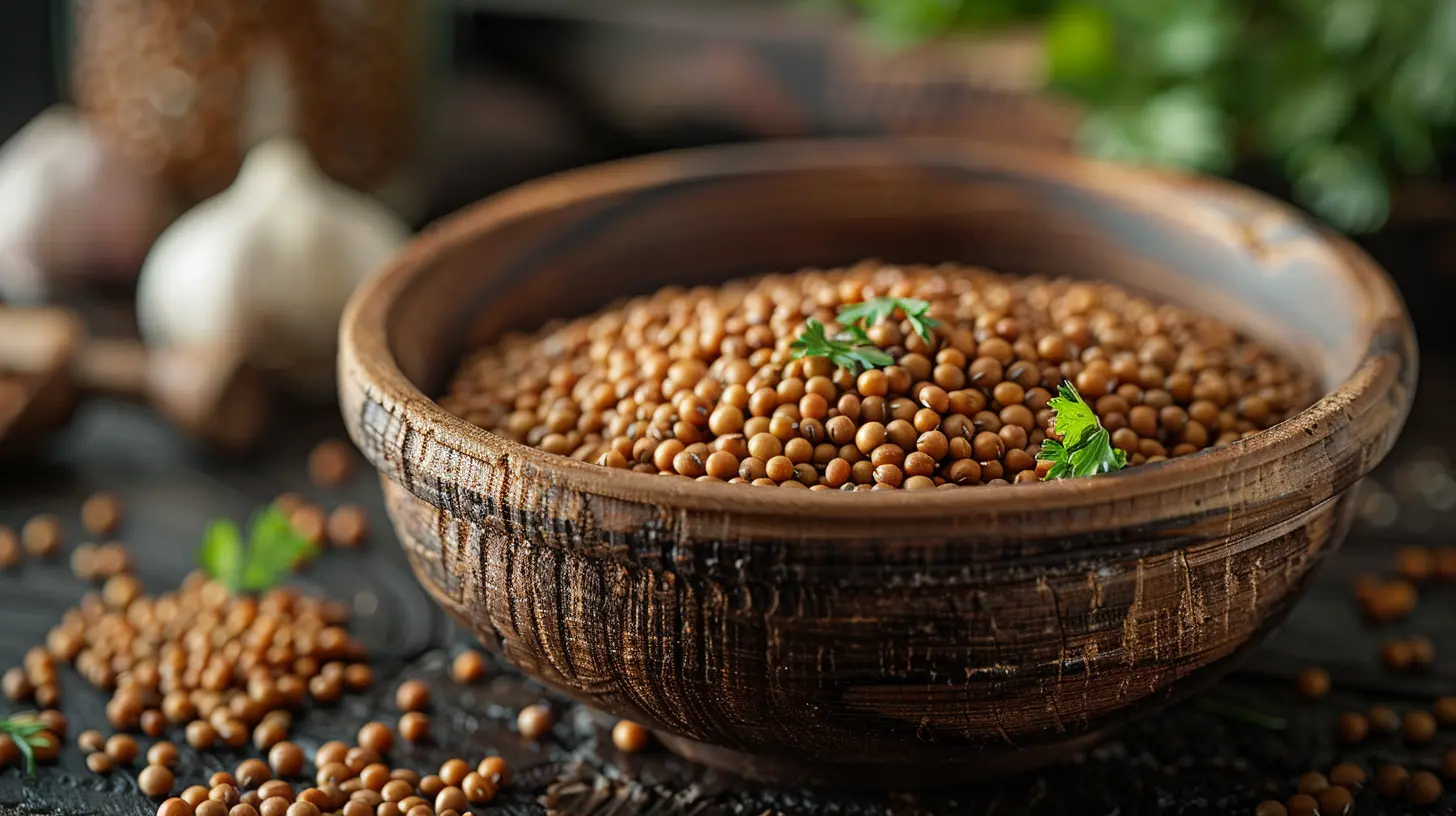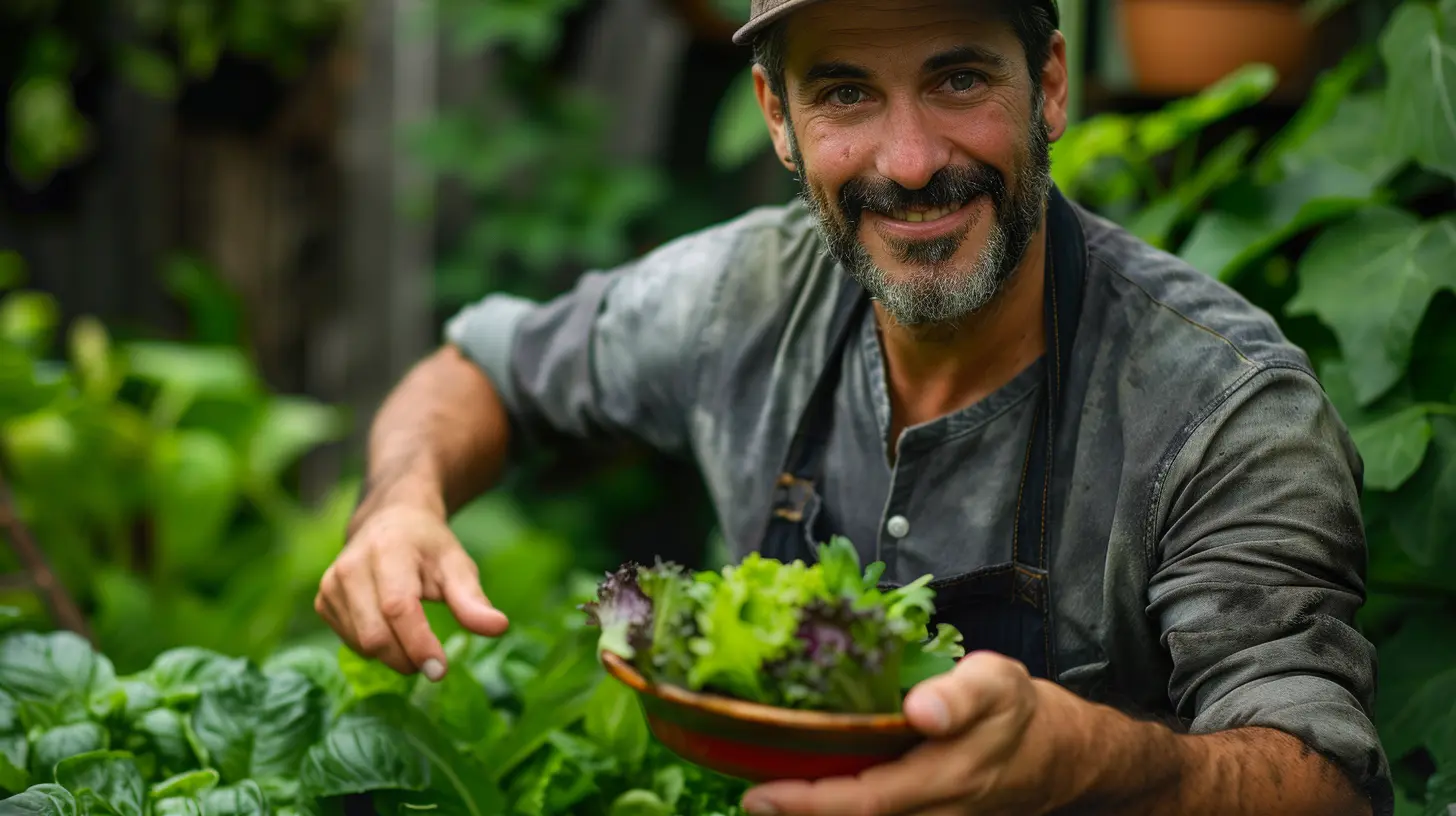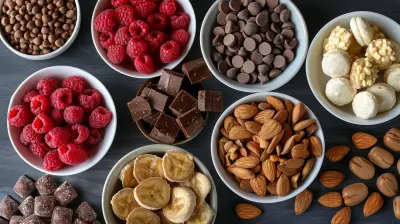Exploring Global Cuisines Through a Plant-Based Lens
4 November 2025
Let’s be real. Eating plant-based doesn’t mean you’re stuck chowing down on salads every day. In fact, going green opens up a whole world—literally—of exciting flavors, exotic ingredients, and time-tested traditions from every corner of the globe. So, what if I told you that skipping meat and dairy might just be your passport to a culinary world tour?
Yep, you heard that right. In this article, we’re embarking on a taste adventure—Exploring Global Cuisines Through a Plant-Based Lens. We’ll dip our spoons into traditional dishes from Asia, the Mediterranean, Africa, Latin America, and beyond—each adapted or naturally built around plants. So buckle up, foodies. It’s time to travel the world, one veggie at a time.
Why Look at Global Cuisines for Plant-Based Inspiration?
Ever tried eating tofu every day for a week? It gets old fast. The truth is, the Western idea of plant-based eating can feel kinda repetitive. But once you take a peek at how other cultures have been incorporating plants into diets for centuries—often without thinking of it as trendy or even veggie-focused—you start to see the magic.Global cuisines bring in bold spices, creative cooking techniques, and an intrinsic knowledge of how to turn humble ingredients like beans, rice, and roots into culinary masterpieces.
So, instead of forcing a burger to act like a salad, why not let plants shine in their own delicious right?
Asia: The Heartbeat of Plant-Based Diversity
1. India’s Timeless Vegetarian Traditions
Let’s start with India—a country where nearly 30-40% of the population eats vegetarian. And no, they don’t survive on plain lentils.From creamy dals and vibrant sabzis (vegetable curries) to street food staples like chaat and dosas, Indian cuisine shows how legumes, vegetables, and spices can dance together in perfect harmony.
Want a dinner that hits all the right notes? Try a plant-based Chana Masala (chickpea curry) served with basmati rice and garlic naan (made dairy-free, of course).
2. Thailand’s Flavor Explosion
Thai food is a rollercoaster for your taste buds—sweet, salty, spicy, and sour, all rolled into one dish. And surprisingly, many Thai meals are easy to make plant-based.Take the classic Pad Thai, for example. Just skip the fish sauce and eggs, go in with tofu, tamarind paste, peanuts, and lots of lime—you’re golden.
Or how about a steaming bowl of Thai Green Curry with coconut milk, bamboo shoots, eggplant, and tofu? Pro tip: cook it with Thai basil for an aromatic punch.
3. Japan’s Zen Approach
Japanese food is a lesson in balance and simplicity. That’s why plant-based dishes like miso soup, vegetable sushi, and kinpira gobo (sautéed burdock root and carrots) fit right in.Tempeh and natto—fermented soy products—are powerhouse ingredients here, offering both flavor and gut-loving probiotics. And let’s not forget edamame, those addictive little green pods.
Mediterranean: The Original Plant-Powered Diet
4. The Greek Way
Think olives, tomatoes, eggplant, olive oil, lemon, garlic... are you drooling yet?Greek cuisine is full of naturally plant-based or easily adaptable dishes. One bite of Gigantes Plaki (giant baked beans in tomato sauce), and you’ll forget meat even existed.
Or try your hand at Spanakorizo, a spinach and rice dish that’s both comforting and fresh. Add a plant-based feta alternative, and you're in heaven.
5. Italy: Beyond Pizza and Pasta
Yes, Italy loves cheese. But there’s so much more beneath the mozzarella.Southern Italy thrives on humble, plant-forward dishes like Caponata—a sweet and tangy eggplant stew—or Ribollita, a Tuscan bean and bread soup that’ll hug your soul.
And don’t sleep on Pasta Puttanesca—a zingy tomato-based pasta with olives, capers, and garlic. All the flavor, zero animal products needed.
Africa: Rich, Rooted, and Resilient
6. Ethiopian Veggie Feasts
If you’ve never eaten Ethiopian food, get ready for a flavor adventure.Traditional meals center around Injera, a spongy fermented flatbread that you use to scoop up various stews (called wats). Many of these are plant-based by default—like Misir Wot (spiced lentils) or Gomen (braised collard greens).
The spice blend berbere plus the technique of slow cooking is what makes Ethiopian cuisine a hidden gem for plant-lovers.
7. North African Boldness
Moroccan and Tunisian dishes are built on spices, grains, and dried fruits—like an edible storybook written in cumin and cinnamon.Dishes like Vegetable Tagine (slow-cooked stew of carrots, potatoes, squash, and chickpeas) or Harira (a tomato-based chickpea and lentil soup) are naturally satisfying and rich in flavor.
Throw in couscous or flatbread, and you've got a North African plant-based feast.
Latin America: Plant-Based with a Pulse
8. Mexico’s Corn-Fueled Goodness
Mexican cuisine is super plant-friendly when you look past the cheese and meat-heavy options.Black bean tacos, grilled nopales (cactus), and mole sauce made with plant-based ingredients are bursting with flavor.
And don’t forget classic staples like guacamole, pico de gallo, and elote (Mexican street corn)—just swap out mayo and cheese for vegan-friendly versions.
9. Peru’s Ancient Grains and Roots
Ever heard of quinoa? Thank Peru for that.This South American country has been rocking plant-based ingredients for centuries, from aji amarillo-spiced veggie stews to papa a la huancaína (potatoes in a creamy, spicy sauce—easily made vegan with cashew cheese).
And let’s not forget Lúcuma, a sweet fruit used in smoothies and desserts that lends a caramel-like flavor without any added sugar.
Middle East: Flavor Meets Simplicity
10. The Power of Legumes
Middle Eastern cuisine practically wrote the book on using legumes creatively.Hummus, falafel, baba ghanoush, mujaddara (lentils and rice)—the list goes on. These dishes are so filling and full of flavor you won’t even think about meat.
Sprinkle some za'atar or drizzle a bit of tahini, and your dish instantly becomes a work of art.
Pro Tips for Cooking Global Plant-Based at Home
Okay, so you’re inspired—now what? Here are a few simple tips to turn your kitchen into an international plant-based paradise:- Invest in spices: Cumin, turmeric, coriander, paprika, curry powder, chili flakes—these are your flavor MVPs.
- Stock global staples: Think lentils, chickpeas, tofu, coconut milk, miso paste, and rice noodles.
- Start with one dish a week: Overhauling everything overnight is overwhelming. Go slow and enjoy the process.
- Play with sauces: A good sauce can turn roasted veggies into a masterpiece. Peanut sauce, tahini dressing, chimichurri—yes, please!
- Don’t fear carbs: Rice, bread, pasta, and potatoes are all welcome here. Balance is everything.
Wrapping It Up
Eating plant-based doesn’t mean skimping on flavor, culture, or comfort. In fact, it’s the opposite. Looking through a global lens, you start to see how rich and diverse plant-based eating can be. From aromatic curries in Asia to smoky tagines in Africa to bean-forward feasts in Latin America—plants are the real MVPs.So next time you're stuck on what to cook, think globally. Let the flavors of the world remind you that eating green can be the most exciting trip your taste buds will ever take.
And remember—you don’t have to be 100% vegan to enjoy plant-based meals. Even adding a few global, plant-powered dishes into your week can make a huge difference for your health, the planet, and hey, your tastebuds!
all images in this post were generated using AI tools
Category:
Plant Based DietAuthor:

Jackson Mahoney
Discussion
rate this article
1 comments
Delilah Gates
Food connects us; choices transform lives.
November 13, 2025 at 4:15 PM

Jackson Mahoney
Absolutely! Food is a powerful bridge that unites cultures, and by embracing plant-based choices, we not only enhance our health but also create a more sustainable future.


